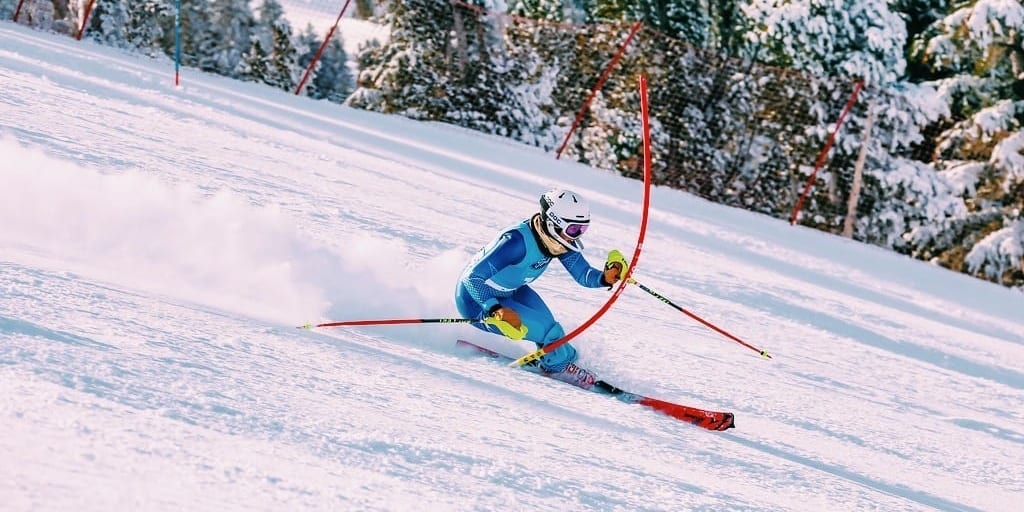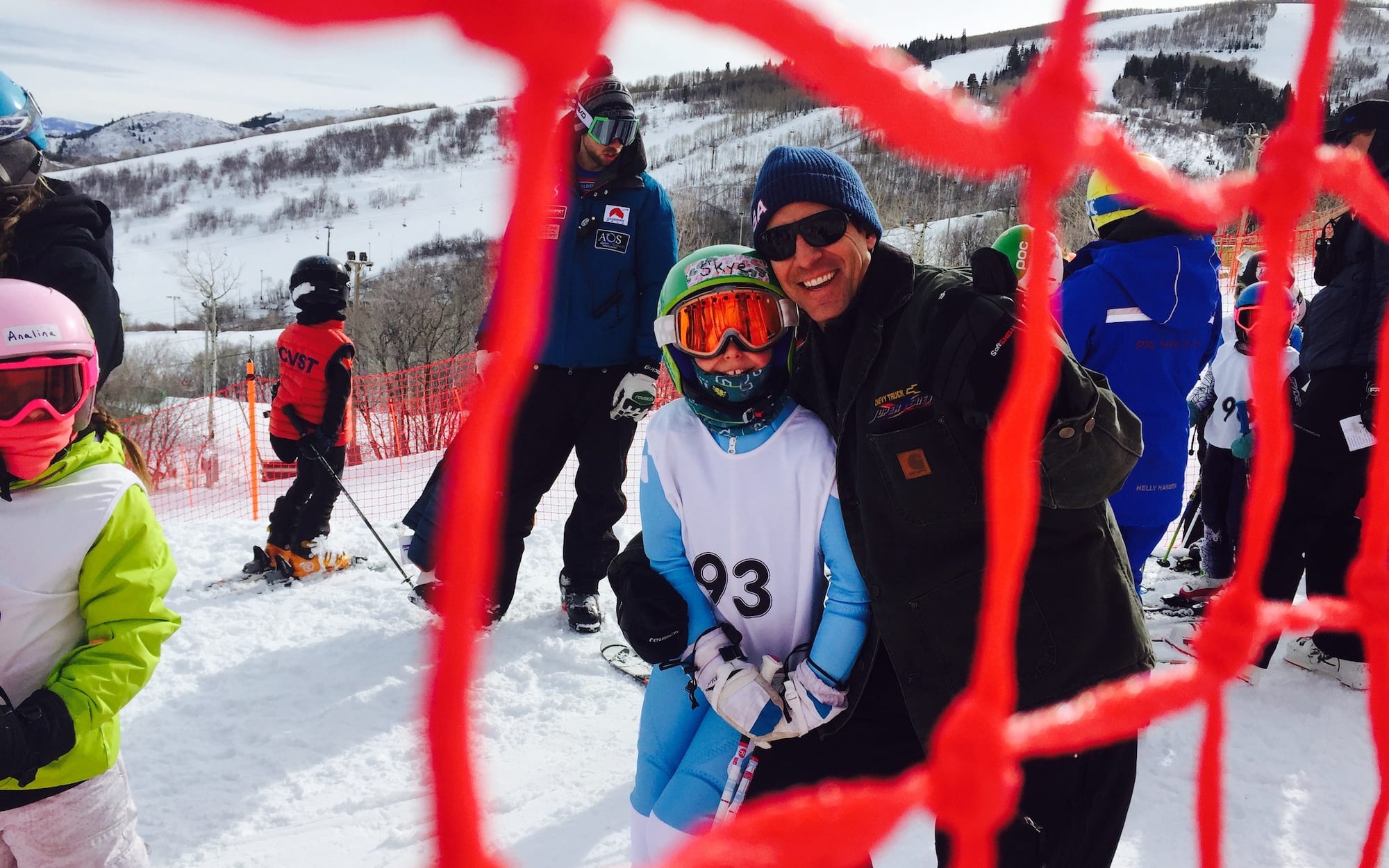5 Things You Never Knew About World Cup TV Rights
Year after year, there’s a lot of speculation and misunderstanding about how the FIS Alpine World Cup tour is broadcasted around the globe. There’s frustration among fans over access to the races both online and on TV, and many don’t realize that viewers in Switzerland have completely different access from those in the U.S. and Canada. While Ski Racing Media cannot solve all of these problems, we can shed some light on how the system works and why the differences are unique to individual nations.
1. FIS does not own the TV rights to the World Cup.
That’s right. The International Ski Federation (FIS) has next to no control over how the races are – or are not – broadcasted, and the organization does not financially benefit from this current model. Unlike many professional sports organizations such as FIFA or the NFL with centralized rights structures, FIS does not hold the TV rights to its own events and cannot sell them to any broadcasters.
“Essentially, the National Ski Associations (NSA) work with their host broadcasters directly to ensure maximum exposure,” shares FIS Communications Manager Jenny Wiedeke. “Naturally, the majority of broadcasters want to show as many FIS events as possible as this is the best business model, but there still are some cases where there is a conflict between events and it is simply not possible to show every event. We are encouraging broadcasters to ideally show the FIS events on their digital channels when not able to show them live. More and more TV stations have digital media players to make this possible. Based on current figures, more programming is being consumed online, so it is in the broadcaster’s best interest to further develop their online offerings – both via digital players and social media.”
Since most NSAs are not set up to manage their own TV rights accordingly in order to maximize global broadcasting, they sell those rights to media companies who handle the negotiations. The two media companies which currently handle these for alpine World Cup events are Infront Sports & Media and the European Broadcasting Union (EBU). For a World Cup hosted in Italy, Infront buys the TV rights from the Italian Ski Federation. Infront then controls which international TV stations have access to broadcast that race. When a station like SRF – a Swiss TV network – buys access to an Italian race through Infront, it is buying the rights to broadcast only within Switzerland because Infront will also sell off broadcast rights on an individual basis to Austria, the U.S., Sweden, etc. Any footage of the race, including social media videos that are produced by the broadcasting rights holder, must be geoblocked so that only fans within a single country can watch it.
2. Only live TV can share video from the finish area.
When Facebook Live launched a few years ago, you may have seen athletes doing quick interviews from the finish area on their fan pages. That practice was shut down by rights holders late last year when it conflicted with live TV. The problem is: If fans can see interviews on personal Facebook pages, why would they tune into live TV?
“There is a fine line in providing social media content while respecting the TV rights. Clearly FIS does not want to interfere with its live product and thus drive down ratings and essentially the value of the TV revenue,” says Wiedeke. “However, there is discussion as to what is valuable, and how long, for the television product and this is where FIS has the most potential to establish its digital product. For example, Infront created near real time highlights, available on the FIS App around 5-10 minutes after each race. Of course, the duration of the content was limited, but it was a step in the right direction.”
Fans frequently inquire as to why FIS doesn’t live stream the races itself or post more video in order to promote the sport, but that would require rights it does not own. This season, FIS was granted permission by the rights holders of certain races to post short video edits of winning World Cup runs on its Facebook page following the race, a major improvement on the complete video lockdown from past seasons that might have appeared only minimal to spectators unfamiliar with the complicated dynamic.
3. The U.S. is one of the only countries that retains rights for domestic athletes and the governing body to post video at home events.
“We sell to Infront,” explains USSA VP of Communications Tom Kelly. “One difference is that we sell only international to Infront (outside USA) and keep the domestic for NBC. That allows us to be more directly engaged with our national Olympic broadcaster and to maintain some secondary usage for ourselves. We are probably more progressive than most nations in this regard.”
That secondary usage includes the ability for USSA to film video of its athletes during the event despite the fact that TV rights have been sold. In a time where video is king online, negotiating rights like this can be invaluable to athletes and the national ski associations that are able to manage it.
“As you can see, digital is king,” Kelly continues. “That’s why we ensure that we have rights to use video for our channels and get video for athletes, as well.”

4. Canada is committed to broadcasting alpine skiing, but it’s no longer top dog in snowsports.
“The broadcasting of Alpine World Cups on CBC dates back over 50 years,” shares Greg Stremlaw, executive director, CBC Sports, and general manager and chef de mission for CBC/Radio-Canada’s coverage of PyeongChang 2018. “There was a time when the Alpine World Cup season was the cornerstone TV winter snow sport on CBC. Canadians have a rich and abundant history in alpine skiing, plus people actually ski for fun/fitness, so the audience can relate on some level. In recent years, alpine skiing in Canada has had to share the spotlight with the other snow sports, including freestyle and snowboard. Many new stars have emerged in those disciplines taking some focus off alpine specifically. The challenge is to continue to attract new viewers in addition to the established and dedicated audience, especially with so many options and sports for the consumer to choose from these days.”
CBC does not stream every World Cup race. This past season, it live streamed approximately 30 World Cups. The streaming coverage was available at no cost to anyone watching in Canada whether viewing at cbcsports.ca or on the CBC Sports app. That is one downside often cited by U.S. fans – Americans have to establish a cable subscription to access race coverage online.

5. Changing the system is highly unlikely.
“This would take a proposal from a national ski association at the bi-annual FIS Congress to approve, and clearly the first steps in this process would involve close consultation with the current rights holders and the NSAs,” Wiedeke says.
Translation? National governing bodies like USSA and Alpine Canada Alpin would have to propose and then pass a rule change, which would take away their ability to control TV rights for their own World Cup races. And at the end of the day, the money made from selling those TV rights constitutes a substantial amount of money for the governing bodies. It seems unlikely they would be willing to give up control unless the value exceeded the revenue acquired in the current system.





















